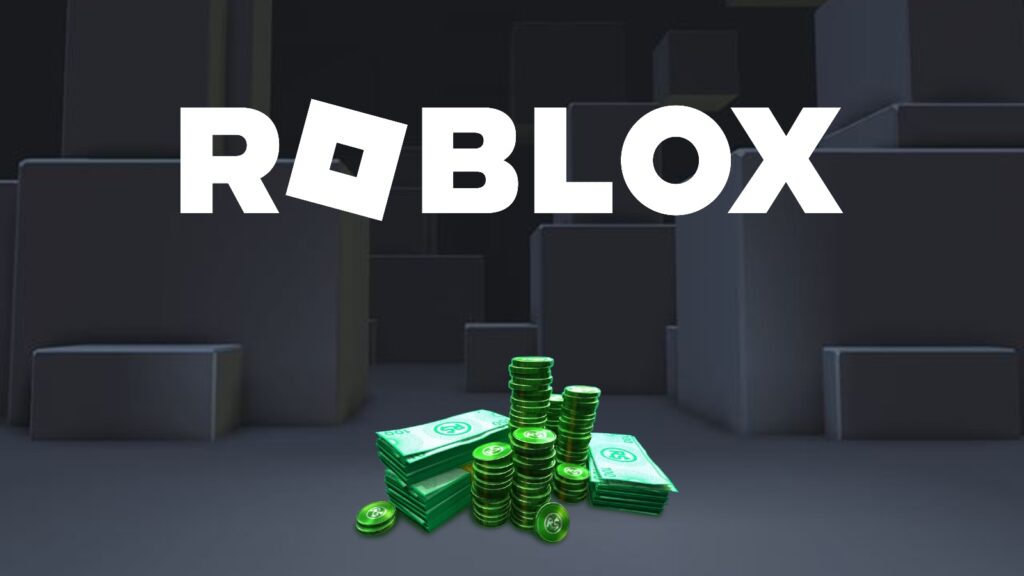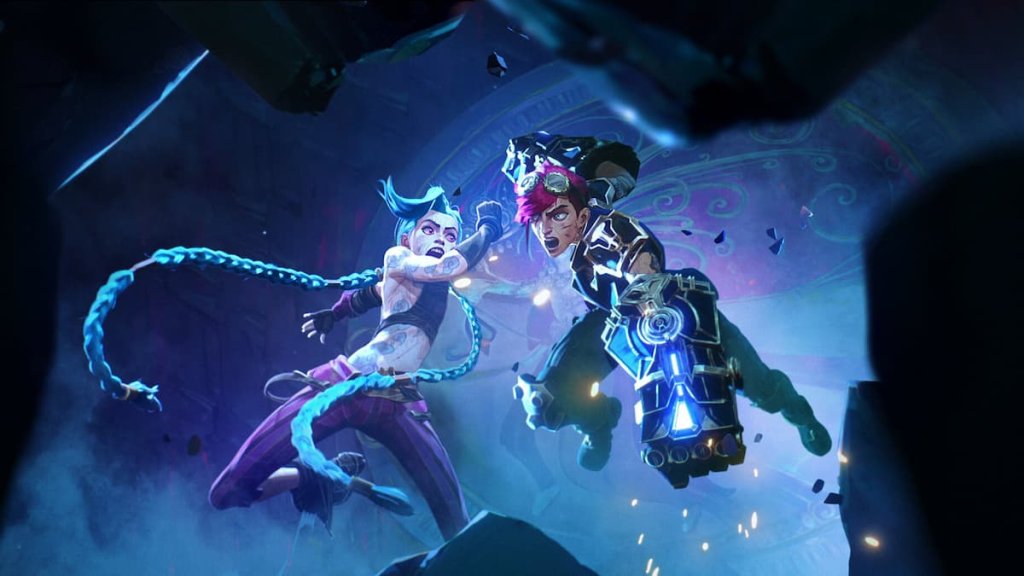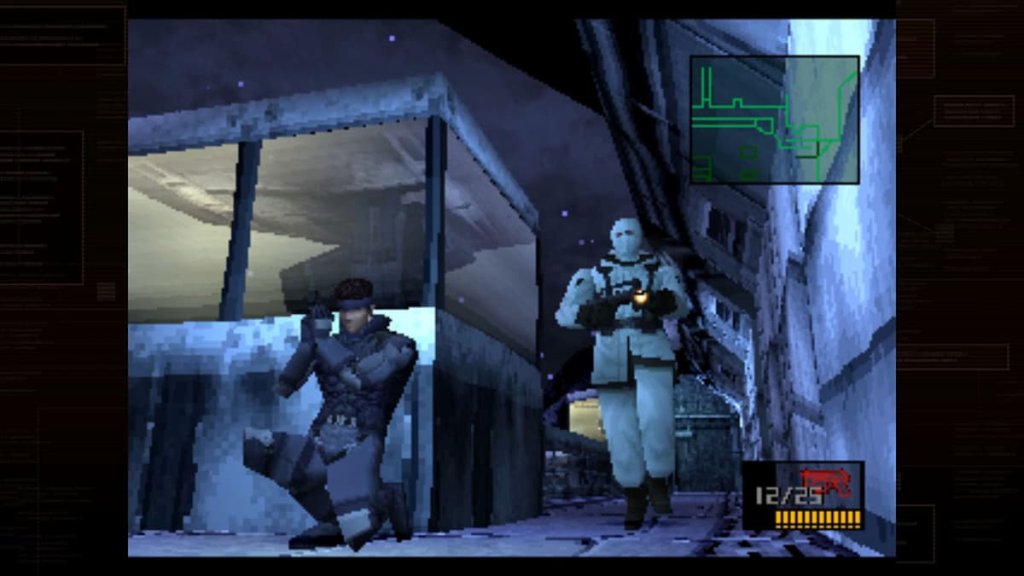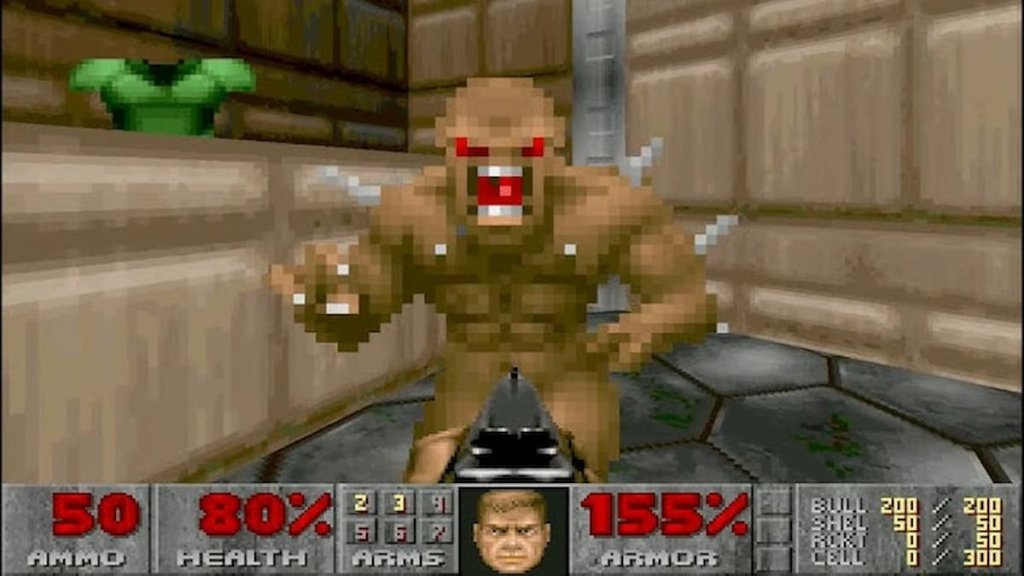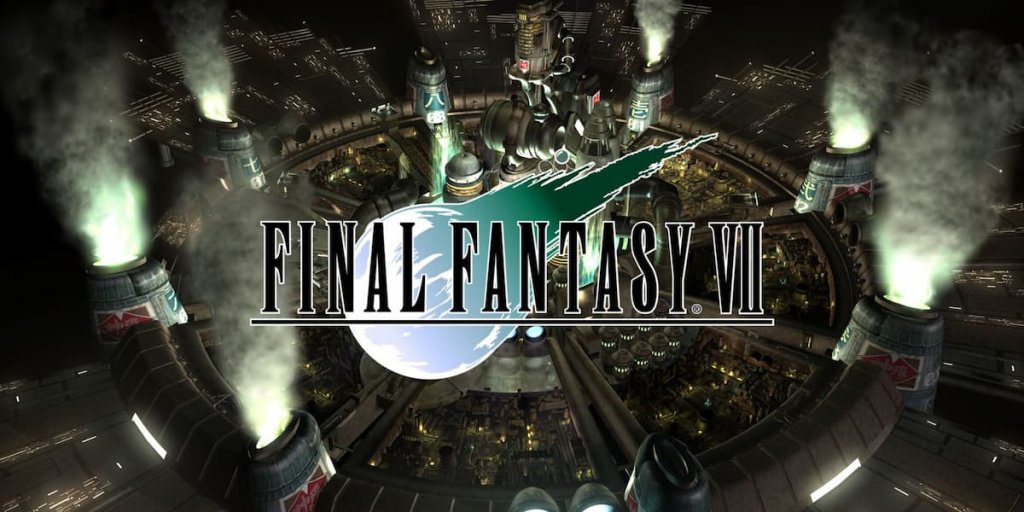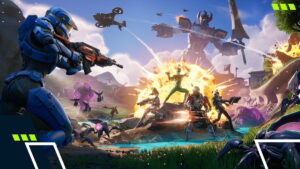All Monster Hunter Games in Order of Release and Story Timeline
Few action RPG franchises have kept the longevity and fan devotion like Monster Hunter, a series with a rich legacy that’s best understood by playing all Monster Hunter games in order. Launched by Capcom in 2004, the series steadily evolved from being a niche Japanese title to becoming a global phenomenon. At its core, Monster Hunter tasks players with tracking, battling, and capturing or slaying gigantic beasts in a multitude of natural environments.
- 1. Monster Hunter Games in Order of Release (Mainline Titles)
- 2. Does the Story Timeline Differ from Release Order?
- 3. Monster Hunter Games in Chronological Order (Story Progression)
- Monster Hunter (2004)
- Monster Hunter G / Freedom / Freedom 2 / Freedom Unite
- Monster Hunter Tri (2009) & 3 Ultimate
- Monster Hunter Portable 3rd (2010)
- Monster Hunter 4 / 4 Ultimate
- Monster Hunter Generations / Generations Ultimate
- Monster Hunter Stories
- Monster Hunter: World / Iceborne
- Monster Hunter Rise / Sunbreak
- Monster Hunter Stories 2: Wings of Ruin
- Monster Hunter Wilds (2025)
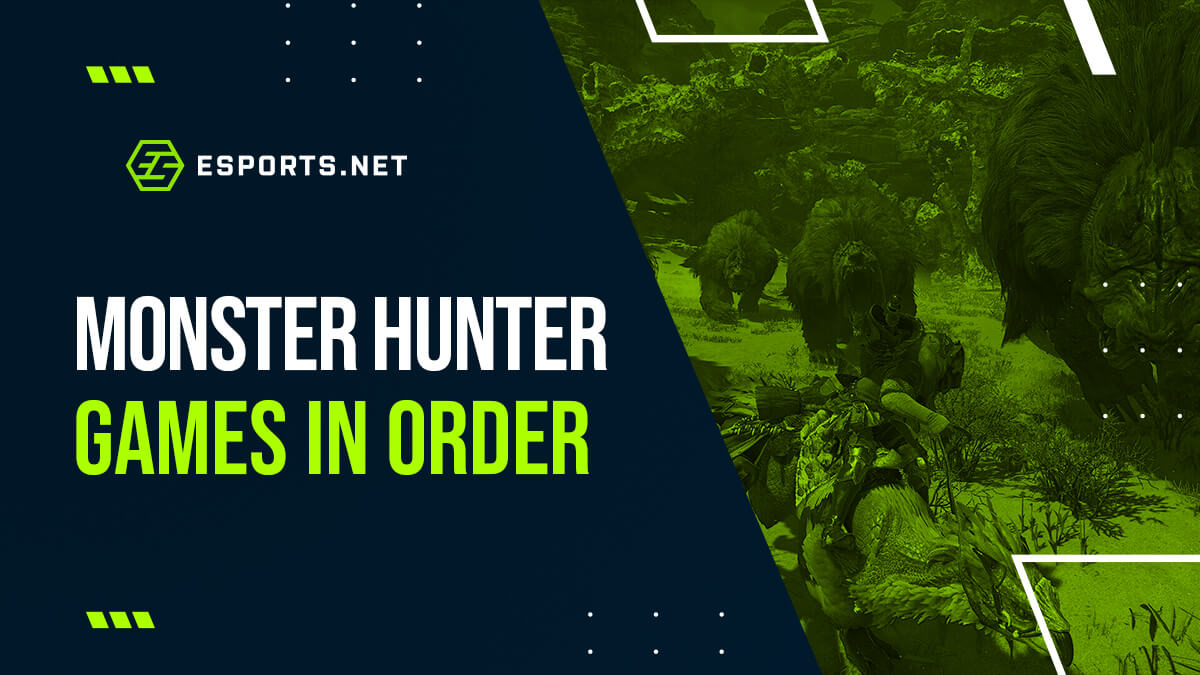
Monster Hunter Games in Order of Release (Mainline Titles)
Before we dive into the Monster Hunter Games in chronological order breakdown, here’s how the mainline games are ordered based on their releases:
- Monster Hunter (2004) – PlayStation 2
- Monster Hunter G (2005) – PS2, Wii (Japan/Korea only)
- Monster Hunter Freedom (2005) – PSP
- Monster Hunter 2 (Dos) (2006) – PS2 (Japan only)
- Monster Hunter Freedom 2 (2007) – PSP
- Monster Hunter Freedom Unite (2008) – PSP, iOS
- Monster Hunter Portable 3rd (2010) – PSP (Japan only)
- Monster Hunter Tri (2009) – Wii
- Monster Hunter 3 Ultimate (2011) – Wii U, 3DS
- Monster Hunter 4 (2013) – 3DS (Japan only)
- Monster Hunter 4 Ultimate (2014) – 3DS (International)
- Monster Hunter Generations (2015) – 3DS
- Monster Hunter Generations Ultimate (2017) – 3DS, Switch
- Monster Hunter: World (2018) – PS4, Xbox One, PC
- Monster Hunter World: Iceborne (2019) – Expansion
- Monster Hunter Rise (2021) – Switch, PC, other consoles later
- Monster Hunter Rise: Sunbreak (2022) – Expansion
- Monster Hunter Wilds (2025) – PS5, Xbox Series X/S, PC
Does the Story Timeline Differ from Release Order?
Yes. Unlike many other game series with strict chronological storylines, Monster Hunter has a somewhat loose and evolving timeline. Earlier games focused less on story and more on gameplay, while later entries like Monster Hunter 4, World, and Wilds introduced bigger story arcs. However, there is still a clear progression in terms of in-universe technology, guild systems, and ecosystem interactions. Capcom hasn’t given an official timeline, but based on lore, character references, and world evolution, we can piece together a likely order of events in the Monster Hunter universe.
Monster Hunter Games in Chronological Order (Story Progression)
Let’s look at all Monster Hunter Games in order that best reflects the in-universe timeline, based on lore and story progression.
Monster Hunter (2004)
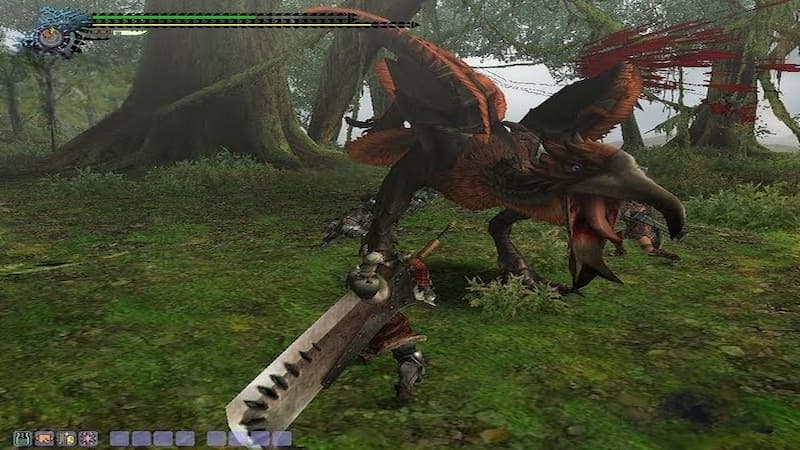
Image Credits: Capcom
The first Monster Hunter is where everything started. Set in a primitive world where humans live in small villages, the Hunter’s Guild begins its work to regulate monster populations. This game introduces the basic gameplay loop: accept quests, hunt monsters, carve materials, craft gear, and repeat. The world is split into biomes, and online co-op was a major draw for early players. Though light on story, this game set the tone for the centuries-long relationship between humans and monsters in the Monster Hunter world.
Monster Hunter G / Freedom / Freedom 2 / Freedom Unite
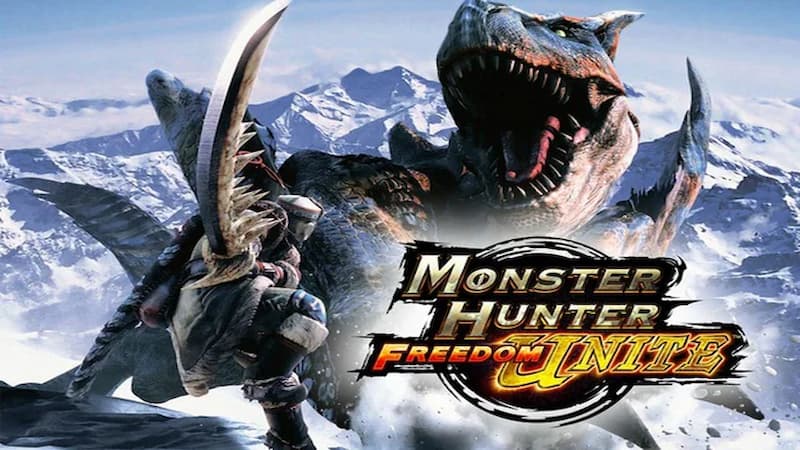
Image Credits: Capcom
These titles are reworkings and expansions of the original game and Monster Hunter 2. Freedom Unite, especially, expands on Freedom 2 by adding G-Rank quests and more monster variety. Monster Hunter 2 (Dos) introduced seasons and a more dynamic world state. Although only released in Japan, it deeply influenced the PSP Freedom games. In-universe, these entries happen shortly after the original, showing the Guild’s growth and a better understanding of monster ecology.
Monster Hunter Tri (2009) & 3 Ultimate
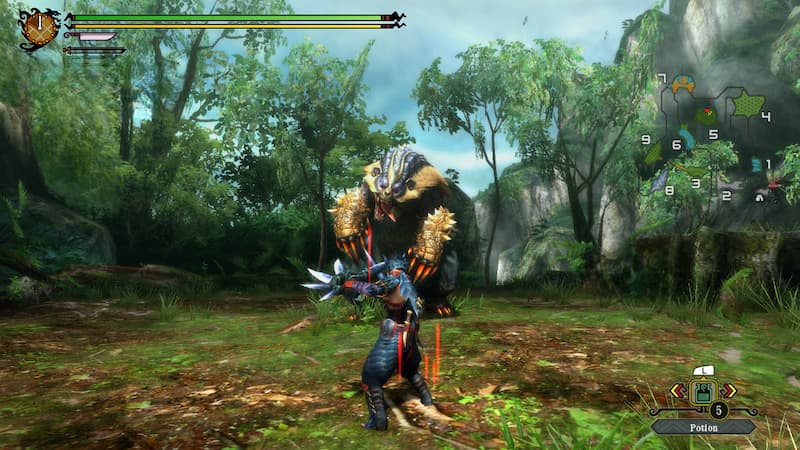
Image Credits: Capcom
This entry marks the Guild’s expansion to coastal areas and introduces underwater combat. Featuring monsters like Lagiacrus and a focus on ocean ecology, this game explores new biome systems. It implies a more advanced understanding of aquatic ecosystems, moving the timeline forward from the Dos and Freedom periods. 3 Ultimate is an expanded version adding G-Rank and more content, showing a more developed guild presence.
Monster Hunter Portable 3rd (2010)
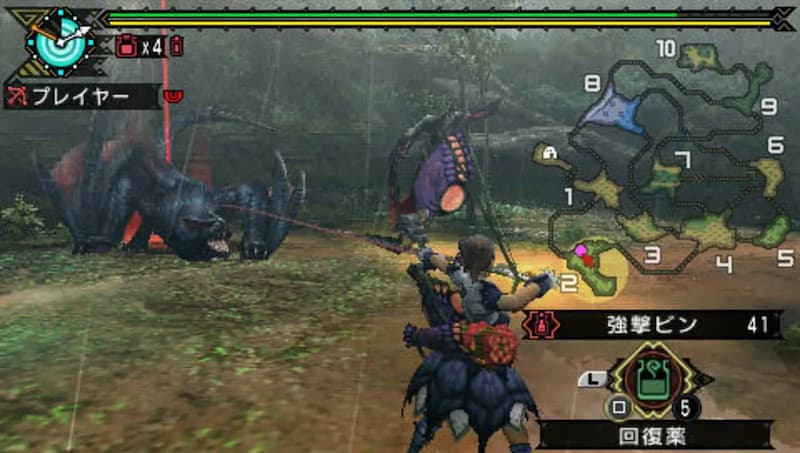
Image Credits: Capcom
This Japan-exclusive game introduces the village of Yukumo and marks a transition where Eastern aesthetics blend into the game world. The hunter’s toolkit grows, and the world feels more alive. Though standalone, it’s often seen as a parallel to the Tri-era, maybe even slightly before it in lore.
Monster Hunter 4 / 4 Ultimate
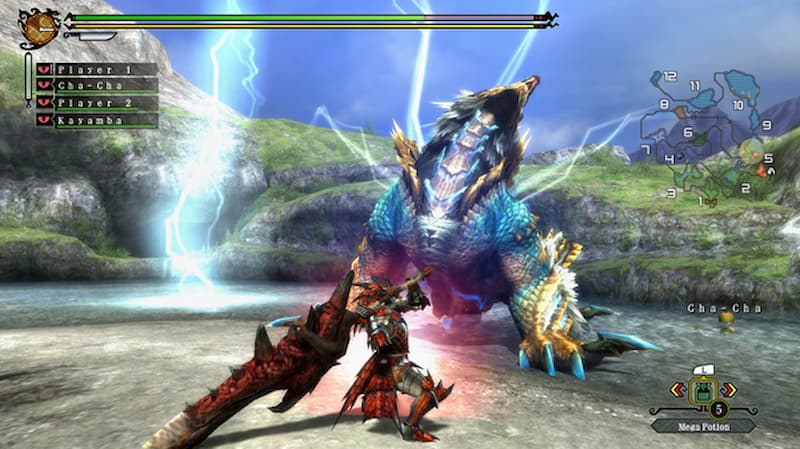
Image Credits: Capcom
Monster Hunter 4 is the first with a strong story focused on a mysterious disease affecting monsters. The Guild moves into mobile, caravan-style hunting. The Insect Glaive and parkour-style movement show a shift in hunter abilities. Plot-wise, it involves ancient artefacts, ruins, and deep lore about Elder Dragons. This game pushes the story into an era where ancient tech meets modern hunters, likely generations after Tri.
Monster Hunter Generations / Generations Ultimate
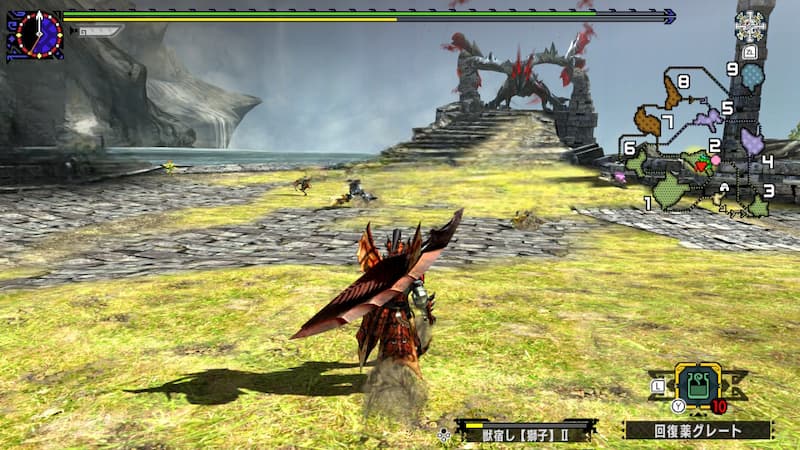
Image Credits: Capcom
Technically, a celebration and crossover of past games, Generations references earlier regions and includes multiple villages from previous titles. Lore-wise, it is more of a nostalgic reflection than a story progression. Still, the introduction of Hunting Styles and Hunter Arts suggests a training phase in the Guild’s development, probably after MH4U in the timeline.
Monster Hunter Stories
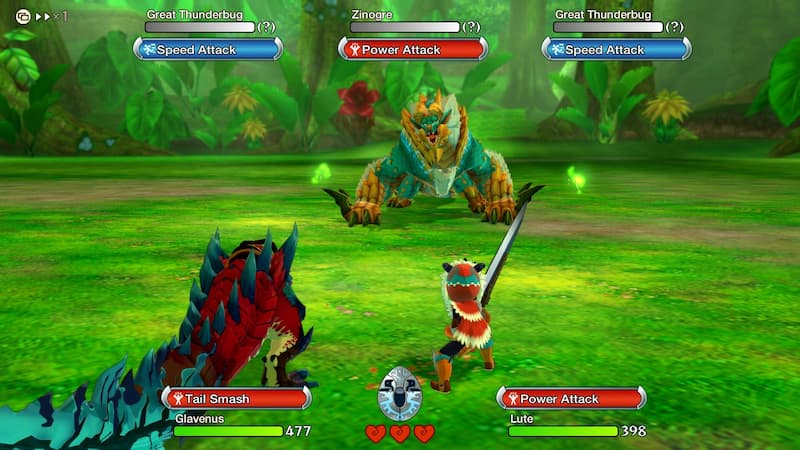
Image Credits: Capcom
Monster Hunter Stories came out in 2016 and is more of a turn-based RPG than the usual Monster Hunter stuff. It’s about a young Rider who doesn’t hunt monsters, but instead raises them after hatching their eggs, calling them Monsties. The game has a bright, colourful look and more story cutscenes compared to the main games. Combat uses a rock-paper-scissors style system, which makes it quite different compared to traditional Monster Hunter games. It’s made for younger players in mind, but longtime fans can enjoy it as well if they’re looking for something more character-focused and emotional.
Monster Hunter: World / Iceborne
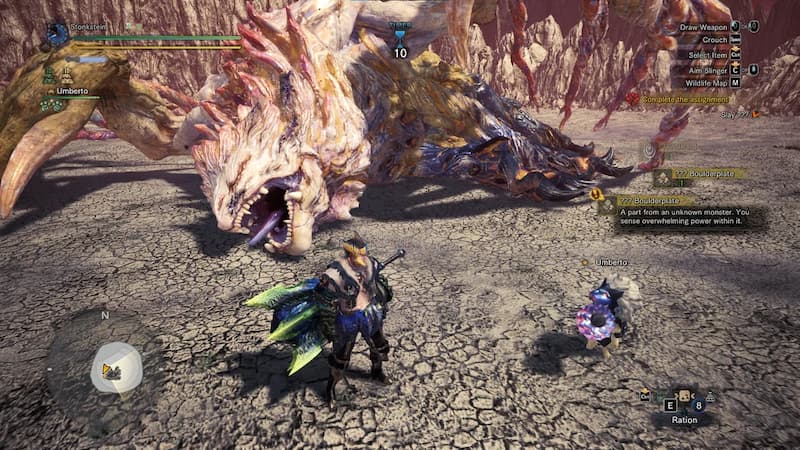
Image Credits: Capcom
Set in the New World, Monster Hunter: World is a big narrative leap. It follows the Research Commission’s voyage to study Elder Dragons. Technological advances (like slingers and scoutflies) and seamless ecosystems show a more modern hunting era. Iceborne, the expansion, takes players to the cold Hoarfrost Reach and concludes major plot points around the Elder Crossing. This game probably sits near the end of the timeline, just before Rise and Wilds.
Monster Hunter Rise / Sunbreak
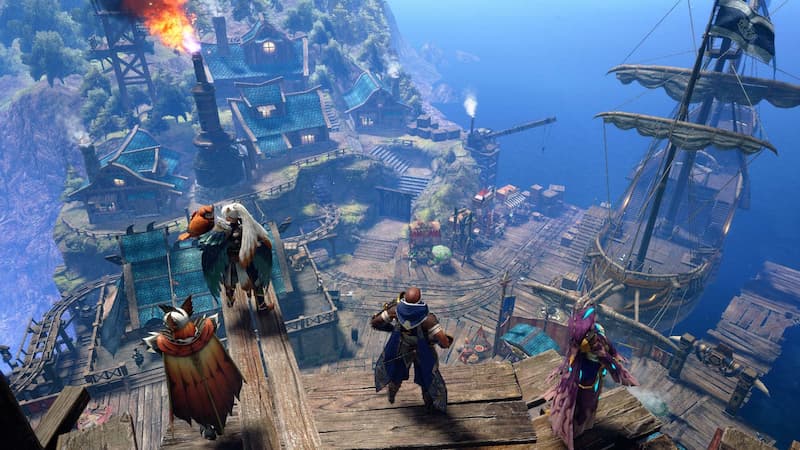
Image Credits: Capcom
Rise returns to a Japanese-inspired setting with new mobility tools like the Wirebug and Palamute. Though set in a more isolated village than World, the Guild’s advanced tech and organised defences suggest it follows World chronologically. Sunbreak expands the lore with royal knight hunters and big threats, wrapping up loose ends and showing the Guild’s global reach.
Monster Hunter Stories 2: Wings of Ruin
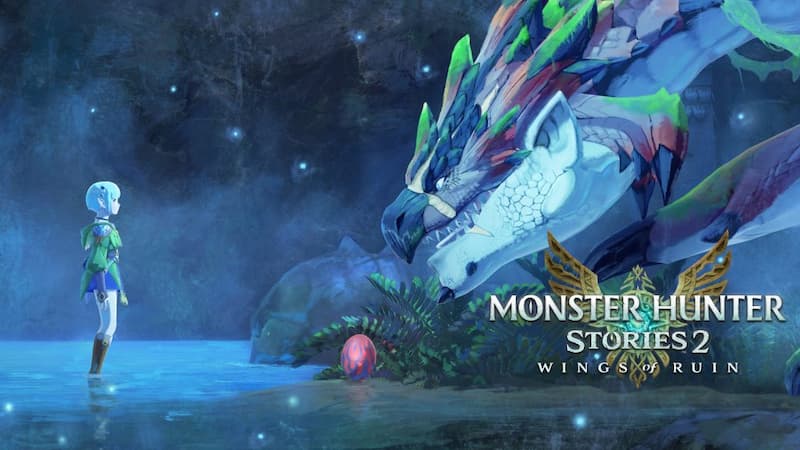
Image Credits: Capcom
Monster Hunter Stories 2: Wings of Ruin came out in 2021 and picks up from the first game, but with better graphics and smoother battles. You play as a Rider who’s the grandkid of a famous one, and the story is mostly about a Rathalos egg that might cause something terrible. The game tries to focus on the plot harder this time, using more cutscenes and giving characters more time. You still raise Monsties and fight with them, but now you can also play co-op. It feels like a bigger, more serious version of the first one.
Monster Hunter Wilds (2025)
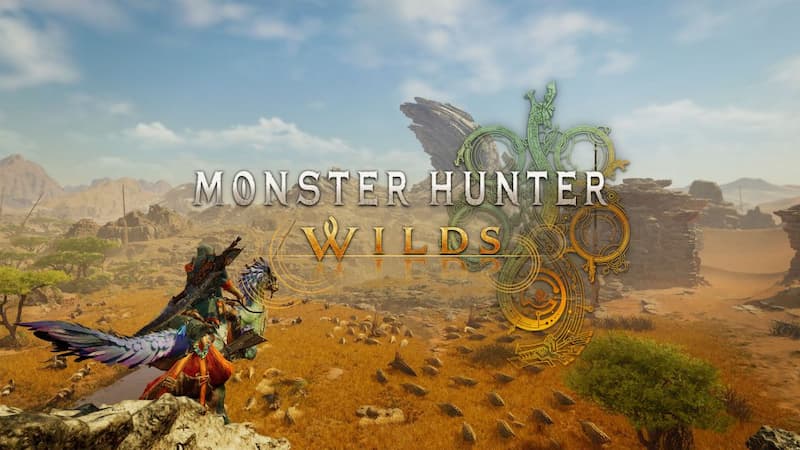
Image Credits: Capcom
The newest and most advanced entry, Monster Hunter Wilds shows the peak of Guild research and hunter evolution. Released February 28, 2025, it features a fully seamless open world with dynamic weather and ecology. For players wondering about the structure of the latest entry, see our detailed guide on how many chapters Monster Hunter Wilds has to get a better understanding of its story progression.
Capcom emphasised a “living world,” where monsters interact more naturally with their environment than ever before. The game also supports cross-platform multiplayer and deeper story elements. Post-launch updates added returning monsters like Mizutsune, linking them to Rise and earlier games. Given its worldbuilding, ecosystem depth, and cross-regional operations, Wilds is the furthest point in the timeline – the result of centuries of Guild knowledge.
Selling over 100 million units worldwide by May 2025, the Monster Hunter franchise is more than just monster-slaying action games. It represents a continuous growth in gameplay, world depth, and design. From humble PS2 beginnings to the open, living world of Wilds, Capcom has kept balancing innovation with tradition, which keeps its fans coming back for more.
